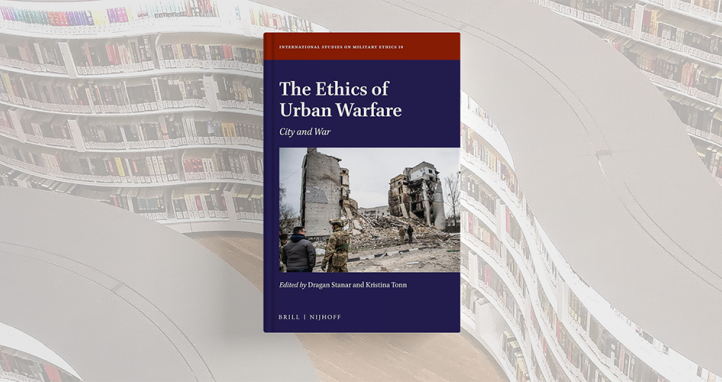Facts and figures
| GDP | $USD 64.82 billions |
| GDP per capita | $USD 1,187 |
| Currency | MMK (Burmese kyat Ks) |
| Imports | $USD 0.00 billions |
| Exports | $USD 0.00 billions |
| Main industries | agricultural processing; wood and wood products; copper, tin |
The ‘Know Your Region’ series is designed to support unit and individual professional military education on the Indo-Pacific region.
Summary
Myanmar, currently under military rule, has a struggling economy that has been slow to recover after the COVID-19 pandemic. Current projections see it not returning to pre-pandemic size until 2027 at the earliest. Consumer price inflation sits above 10% which it is expected to retain throughout 2024 and possibly years beyond. Many economic indicators remain weak including low labour demand and declining productivity which has seen real wages retract by 15% between 2017 and 2022.
Economy and GDP
Myanmar’s GDP remained around 10% lower than 2019 in September of 2023. Average inflation stabilised back to 14% in the year to September 2023 on the back of stabilising food and fuel prices after it rose to almost 30%. Myanmar has seen significant loss of skilled workers through emigration, which has the potential to seriously jeopardise future economic activity and nation growth. In particular, the health and education sectors have suffered from budget constraints through the pandemic and beyond. Foreign investment and trade with Myanmar are significantly hampered due to the political turmoil.
Myanmar has struggled to manage its energy resources since the military takeover, which has led to power outages across the country. Energy imports from China have increased dramatically and the military has begun hoarding diesel to maintain military operations if importation becomes more difficult or resistance groups manage to cut supply into the country. This has meant that some petrol stations can’t maintain supply and are forced to close at times. Electricity prices have soared up to ten times pre-coup prices. Businesses have been forced to run generators to maintain operations during blackouts and must compete in a scarce market for petroleum products.
Compounding this problem, Myanmar has natural gas reserves which are estimated to be depleted in the coming years. Half of Myanmar’s energy reliance is on natural gas and gas exports account for half of the country’s overall exports. Small amounts of electricity are imported into Myanmar in towns close to the Myanmar-China border, but this is through a medium voltage line and is not connected to the Myanmar national grid. Plans to import electricity from Laos are underway. However, imports from both China and Laos are likely to be minimal. Presently Myanmar is only producing roughly 65% of the electricity it needs each month, so power production is an important problem to solve in order to repair the economy.
For further information on the Myanmar economy, see the resources below:
Articles:
- For Myanmar’s generals, energy crisis threatens shaky grip on power | Energy | Al Jazeera
- Myanmar Overview: Development news, research, data | World Bank
- Myanmar's economy is deteriorating as its civil conflict intensifies, World Bank report says – ABC News (go.com)
- Myanmar Economic Monitor June 2023: A fragile recovery (worldbank.org)
- Myanmar Country Overview – Economist Intelligence
Videos:
- Myanmar remains in social and economic crisis since military seized power – BBC News (youtube.com)
- Myanmar economy fears: Gov’t in exile to create central bank (youtube.com)
- Financial Crisis in Myanmar (youtube.com)
Trade with Australia
Myanmar’s principal export destinations in 2022 included Thailand, China, and Japan with their principal import sources being China, Singapore, and Thailand. Australia ranks as Myanmar’s 33rd ranked export destination and 13th as an import source. Australia’s top exports to Myanmar in 2022 were education related travel, wheat, pigments, paints, and varnishes. In the same year Australia’s top imports from Myanmar were travel goods, bags and like containers, other textiles, and crustaceans.
For further information on the Myanmar trade with Australia, see the resources below:
Articles:
Know your region
Know Your Region series gives you a shortcut to understanding other nations in the Indo-Pacific region.









